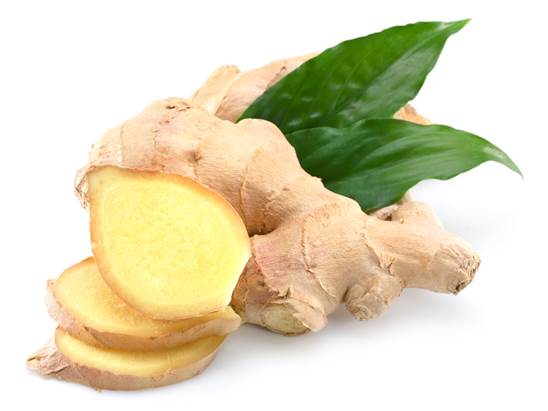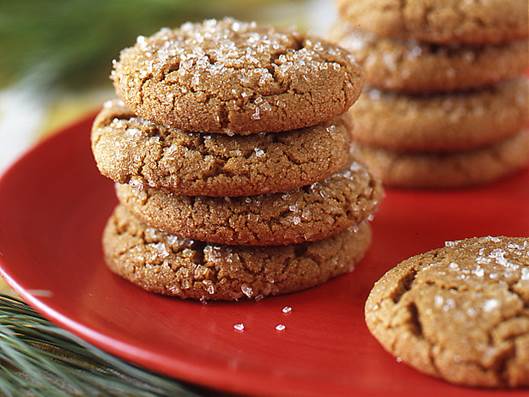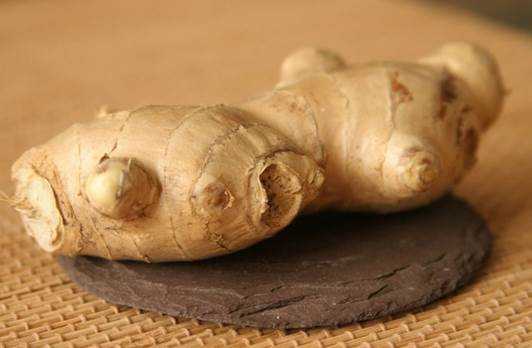In the past thousand years, ginger has been used for its
beneficial treating effects and a cooking ingredient. Ginger has strong tastes
which are described as spicy, sweet taste and the smell of smoke. Researches
show that ginger can reduce blood pressure by working as anti-platelet and
affecting calcium. Ginger’s health benefits are due to dosages – too little
doesn’t cause effects on blood pressure while too much can cause other risks.
It’s important to pay attention on choosing and preparing ginger properly to
cook it, especially for ginger root.

Ginger has been
used for its beneficial treating effects and a cooking ingredient.
Cook with ginger to reduce blood pressure
·
Find a recipe for ginger root. There’re many Asian cuisines using
ginger. We can turn ginger into with soups, bread, desserts, tea or stir-fried
dishes. Ginger powder is spicier than the ginger; it’s used for making bread,
cake and cookies.

You
can make cookies with ginger.
·
Choose fresh ginger root to receive the best taste and health benefit.
Ginger peel should be hard, smooth and free of cracks and mold. Smell ginger,
fresh ginger has spicy and strong fragrance. Old ginger is more popular and
available in grocery stores. Old gingers is firmer young ginger, has lighter
taste and don’t need peeling.
·
Store ginger in the refrigerator for convenience. You can store
ginger up to 3 weeks in a fridge or 6 weeks in a refrigerator freezer.

You
can store ginger in the fridge for convenience.
·
Peel ginger with a paring knife. After that, the ginger can be
cut, sliced or chopped to add to foods.
·
Add ginger to foods in the beginning of a cooking process to
increase the flavor. If you like stronger and spicier tastes of ginger, add
more ginger during the process.